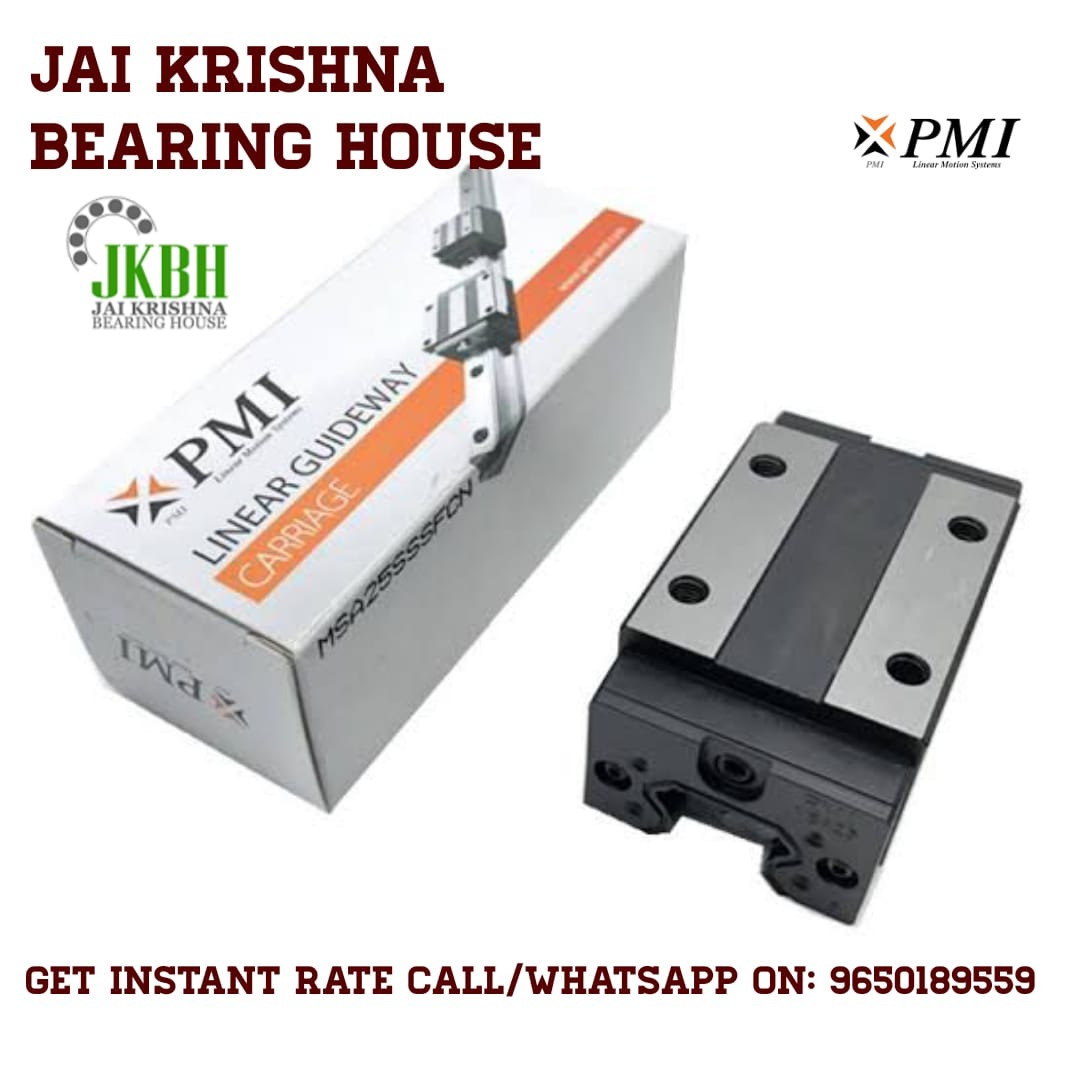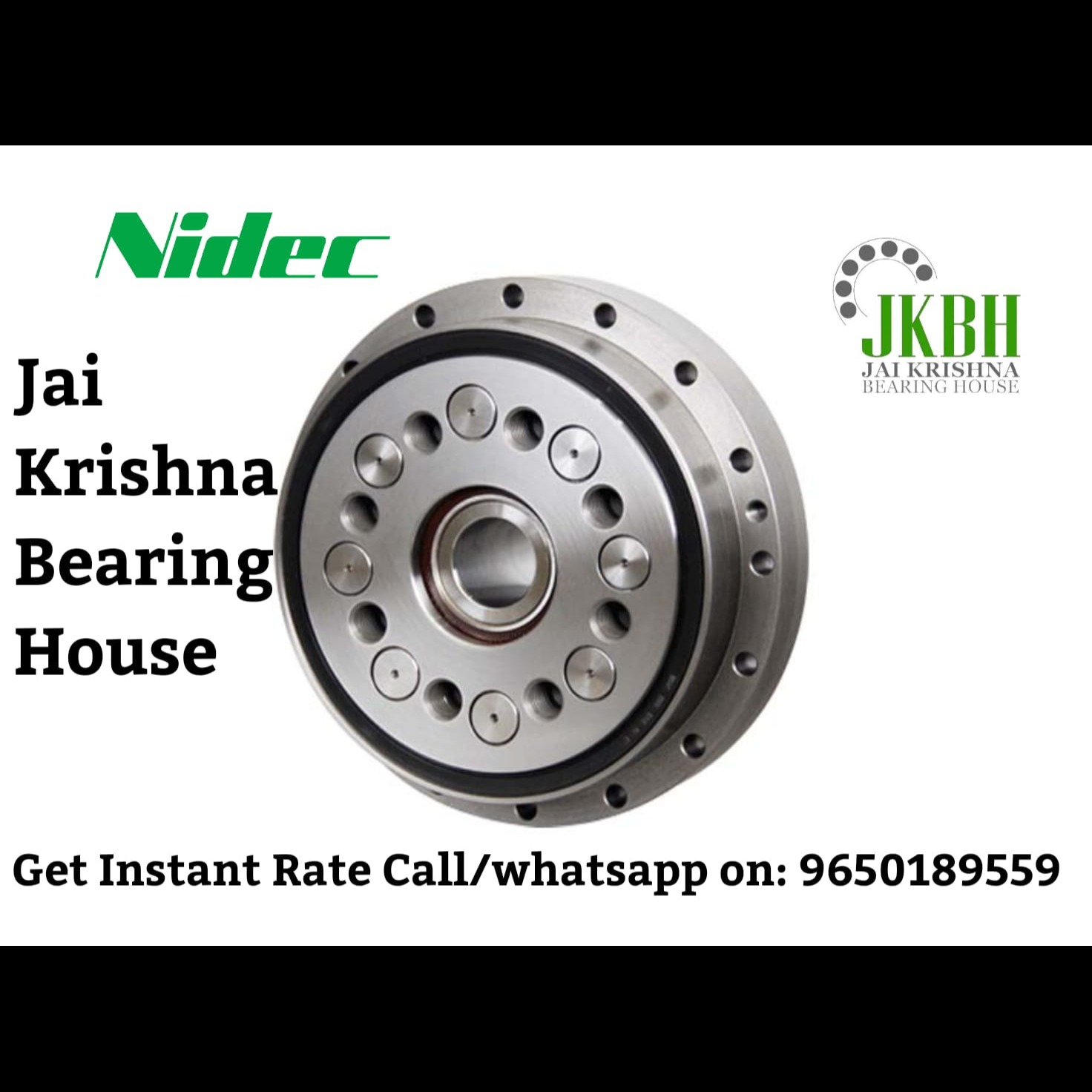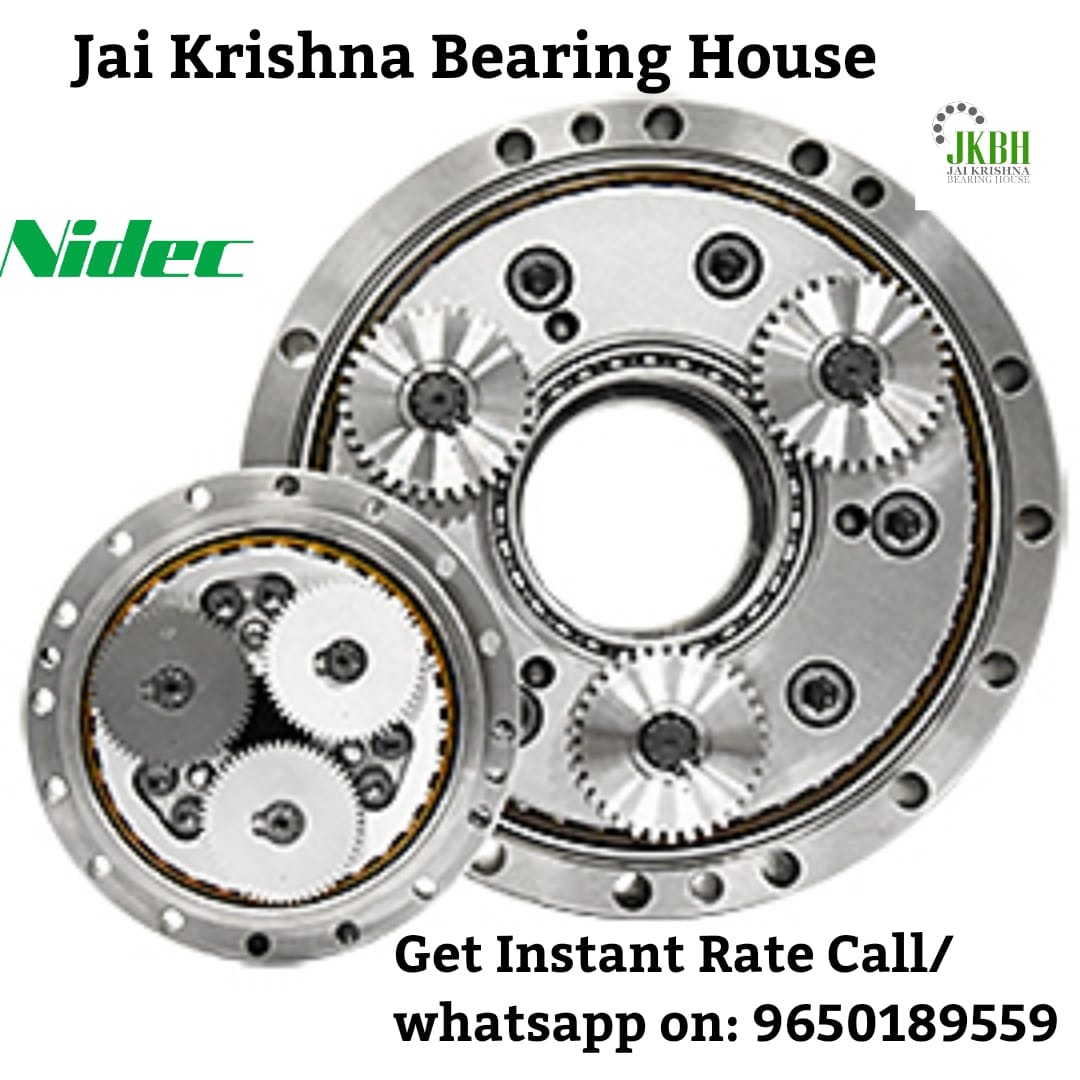
An AC servo system is a highly precise, closed-loop control system used for controlling position, velocity, and torque of a mechanical component—typically in automation, robotics, and CNC machinery. It uses an AC servo motor, a servo drive (amplifier), and a feedback mechanism (like an encoder) to continuously adjust and correct motion.
🔧 Components of an AC Servo System
Component Description
AC Servo Motor An electric motor (usually brushless) that receives control signals to produce precise motion.
Servo Drive (Amplifier) Converts control signals into appropriate voltage/current for the motor; handles feedback.
Feedback Device Usually an encoder or resolver; sends real-time motor position/velocity back to the controller.
Controller Often a PLC, motion controller, or computer sending commands to the servo drive.
⚙️ Working Principle
Command Input: A motion command (position, speed, or torque) is sent from a controller to the servo drive.
Drive Activation: The drive powers the servo motor based on the command.
Feedback Loop: The encoder provides actual position/speed feedback.
Error Correction: The drive compares command vs. feedback and adjusts power output to correct any error.
Closed-loop Operation: Continuous adjustment enables high precision and accuracy.
⚡ Key Features of AC Servo Systems
Feature Details
High Precision Positioning accuracy down to microns
Fast Response Acceleration/deceleration in milliseconds
Torque Control Ensures consistent force application
Quiet & Efficient Uses brushless motors; low maintenance
Flexible Can control position, velocity, and torque independently
Multi-axis Support Many systems support multiple coordinated axes
📐 Specifications to Consider
Parameter Typical Values / Notes
Power Rating 50W – 5kW (common), higher for industrial systems
Voltage 100V, 200V, 400V systems
Encoder Type Incremental, absolute, or serial
Control Modes Position, speed, torque, mixed modes
Communication Protocols EtherCAT, CANopen, Modbus, RS485, PROFINET
🛠️ Common Manufacturers
Panasonic (MINAS series)
Yaskawa (Sigma series)
Mitsubishi Electric (MR-JE, MR-J4)
Delta (ASDA series)
Omron
Siemens
Fanuc
🧩 Applications
Industry Example Use
CNC Machines Precise tool path control
Robotics Joint and arm movement
Printing Machines Roll feed and printhead positioning
Packaging Equipment Labeling, cutting, sealing motions
Conveyor Systems Speed synchronization, part spacing
Automated Inspection High-speed camera or sensor alignment
🧠 Advanced Features in Modern Systems
Auto-tuning of motor parameters
Built-in safety functions (Safe Torque Off - STO)
Diagnostics and error logs
Energy regeneration in braking
Multi-axis synchronization (e.g., electronic camming, interpolation)
Keywords
sto diagnostics
controller controller
continuously adjust
feedback mechanism
cnc machinery
automation robotics
mechanical componenttypically
drive powers
electric motor
command feedback loop
plc motion controller
correct motion components
drive compares command
servo motor based
servo drive amplifier
ac servo motor
electronic camming interpolation
braking multiaxis synchronization
modern systems autotuning
control position velocity
accuracy key features
adjusts power output
computer sending commands
receives control signals
controlling position velocity
ac servo system



